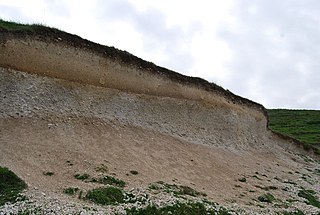Boosting evolution: How humans unintentionally altered the skulls of pigs
Martin-Luther-Universität Halle-Wittenberg
image:
The two pigs on the left are the German refined Landschwein and the German Edelschwein. On the right is an animal that looks very similar to an original domestic pig.
Credit: Uni Halle / Markus Scholz
Short snouts and a flat profile - within a span of 100 years, humans have significantly changed the shape of the skulls of German domestic pigs. According to a team from Martin Luther University Halle-Wittenberg (MLU), this is likely down to new breeding practices introduced at the beginning of the 20th century. Their findings have been published in the journal Royal Society Open Science. The researchers analysed 3D scans of 135 skulls of wild boars and domestic pigs from the early 20th and 21st centuries. Surprisingly, the same effects can even be observed in species that were kept separately.
Humans have been keeping pigs as livestock for several centuries. During this time, the animals have changed considerably. For example, they have become larger and have lost their black and brown bristles and darker skin tone. "The demand for pork in Germany increased significantly at the beginning of the 20th century and breeders were encouraged to optimise their animals. They needed them to grow quickly, provide good meat, and be fertile," explains Dr Renate Schafberg, Head of the Domestic Animal Collection at MLU. For the current study, she and Dr Ashleigh Haruda from Oxford University analysed 135 skulls from three different breeds: Deutsches Edelschwein, Deutsches Landschwein - and wild boars, who acted as a control group. The skulls were either from the early 20th century or were only a few years old.
The two domestic pig breeds exhibited significant changes: the animals’ snouts became significantly shorter and flatter, while the skulls of the more contemporary animals no longer had a slightly outwardly curved forehead. "We didn’t expect such pronounced differences to appear within a span of only 100 years," says Schafberg. Remarkably, both breeds of domestic pig underwent the same changes, despite being kept separately. "These changes occurred even though breeders did not select the animals specifically for their skull shape, as this trait was not important for breeding. Instead, the changes appear to be an unintended by-product of selecting the desired traits," says Schafberg.
Another reason for the alterations could be related to changes in the animals’ diet. Nutrition is known to influence the growth and development of animals. Today, pigs are mainly fed pellets that are high in protein. In contrast, the skulls of wild boars, who remain omnivores, have not undergone such changes.
The findings demonstrate how strongly humans can influence the evolution of animals. "Charles Darwin assumed that long periods of time - millions of years - are required for major changes to take place. Our work is further proof that humans can greatly accelerate this process through selective breeding," says co-author Dr Frank Steinheimer, Head of the Central Repository of Natural Science Collections at MLU.
The study was funded by the German Federal Ministry of Education and Research (BMBF) and the European Research Council (ERC).
Study: Haruda A., Evin A., Steinheimer F., Schafberg R. Evolution under intensive industrial breeding: skull size and shape comparison between historic and modern pig lineages. Royal Society Open Science (2025). doi: 10.1098/rsos.241039
Journal
Royal Society Open Science
Method of Research
Observational study
Subject of Research
Animals
Article Title
Evolution under intensive industrial breeding: skull size and shape comparison between historic and modern pig lineage
Article Publication Date
5-Feb-2025
